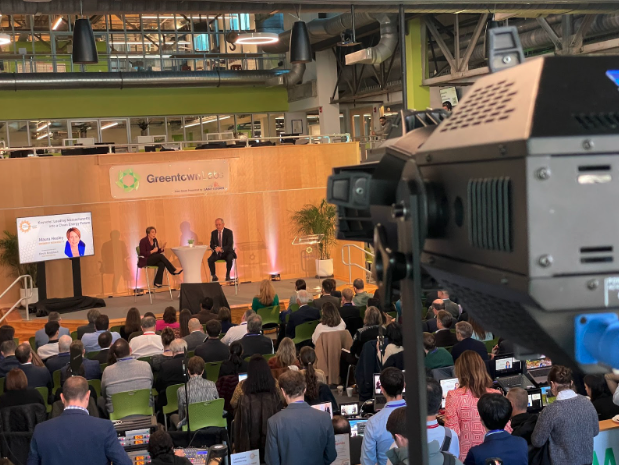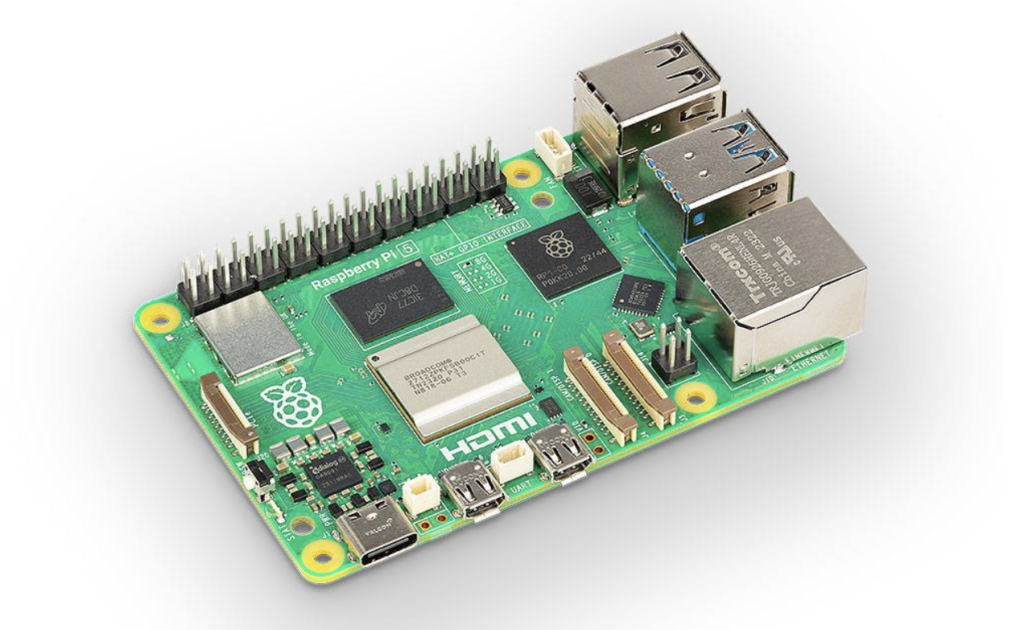
CNC, or computerized numerical control, is a method for machining of parts. The first CNC machines were developed in the 1940s and 1950s and worked from punched paper tapes.
CNC, or computerized numerical control, is a method for machining of parts. The first CNC machines were developed in the 1940s and 1950s and worked from punched paper tapes. Today’s sophisticated systems can interpret instructions contained in digital files produced by computer-aided drafting programs or 3D-rendering software. An essential use of CNC mills is the fabrication of prototypes.
CNC machines can shape your design from a host of metals, including aluminum, brass, copper, steel, and titanium. Softer, more easily machined materials such as plastics, foam, fiberglass and even wood are also honed by this process.
Additionally, CNC can be used to create positive models out of casting wax, for the production of molds. Traditional tools employed by CNC systems include drills, lathes and milling assemblies. Novel technologies sometimes incorporated into CNC include ultrasonics and electron beams.
There are also a subset of CNC machines that are specifically designed to cut 2D shapes from sheet material like laser cutters, plasma cutters and water jets. Manufacturers generally employ three and five axis machines. A higher number of axes allow for greater complexity, more accuracy and fewer setups.
Experienced engineers are skilled in the art of CNC techniques and make informed design decisions to minimize machine time and create properly functioning parts. However, with some basic tips, you can get your prototypes ready for CNC processing.
Four Steps to Better Design for Manufacturability
1. Choose the Right Materials.
The material you choose should be driven by the requirements of the product, not the process. Choose a substrate that meets your requirements for characteristics such as rigidity and chemical resistance.
The size and shape of available machinable blanks may be an additional consideration. A thorough study of all functions of your part is necessary to make the selection that will yield the highest performance at the lowest cost.
2. Create a Design Less Challenging to the Machine.
Tolerances should be as loose as possible to minimize manufacturing costs. For example, a hole that provides clearance for a screw or bolt to go through can have a bigger tolerance than one that is meant to precisely locate an axle of a drive train.
Through holes are easier for a machine to create than those that partially penetrate a material. You should minimize the length of threading in holes, avoid blind holes, and specify the minimum percentage of threading needed.
You will also want to avoid features such as thin walls, which may produce distortion in a finished part. Other factors in a successful design include the minimization of unmachinable geometries, including undercuts and blind holes that have an increasing diameter as they go down
3. Plan for Error Resistance.
Design parts and fixtures in such a way that it is impossible to fit a part into a fixture in the wrong orientation. This strategy will cut down on both set-up time and rejects. The most viable solution to this challenge is to make parts symmetrical.
4. Minimize Tooling Requirements.
Parts can be machined faster if they are designed in such a way to minimize the number of different sizes and styles of tools required to machine them. An example would be the use of drills that can also serve as countersinks for flathead screws. Each selection of a tool must be carefully evaluated to produce the highest quality product at the lowest cost.
Product Development Help From CNC Experts
Incorporating all these factors into your design and finding a vendor with the best equipment for production is challenging and time-consuming. Our engineers extensive experience sourcing prototypes can expedite your product development process. Contact us to learn how our prototyping services move projects forward.
Work With Us
Want to learn more about how we’d prepare your product for launch? Request a quote today.
Want To See This Advice In Action?
Check out our case studies and learn more about how we’ve achieved stellar results for our clients.



